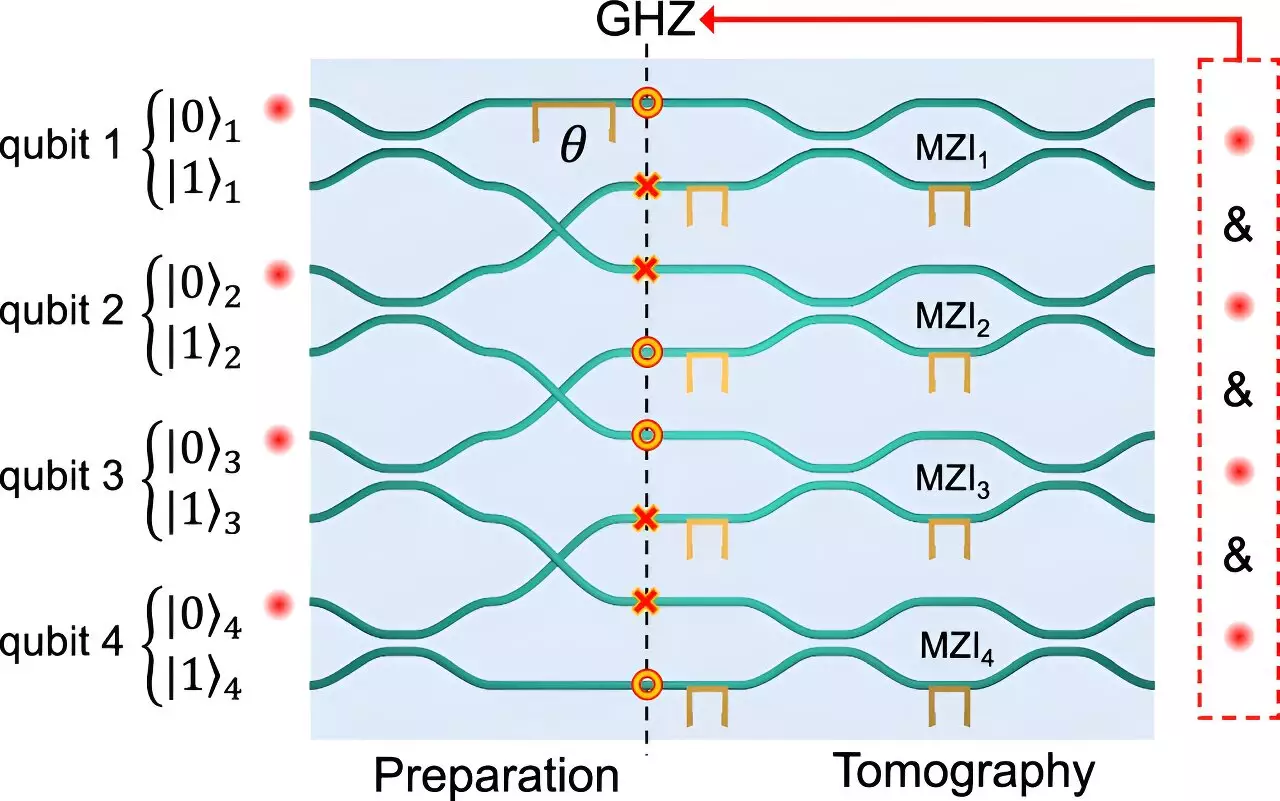The realm of encryption has witnessed a significant transformation with the advent of quantum technology. Traditional encryption methods, grounded in mathematical algorithms, now face a formidable contender: quantum encryption. This innovative approach does not rely on complex calculations but instead taps into fundamental physical principles to ensure security. Such advancements pose urgent questions about the future of secure communication, especially as the capabilities of quantum computers continue to expand.
Classical encryption methods maintain their strength against potential attacks due to the time required for supercomputers to decipher complex codes—often thousands of years. However, the rise of powerful quantum computers could dismantle this security framework within mere seconds. Researchers, including Paulo Henrique Dias Ferreira from the Federal University of São Carlos, have emphasized the need for immediate development of quantum security protocols to counter these advancements. The inherent principles of quantum encryption present a radically different landscape for data security, assuring users that any attempt at eavesdropping would result in immediate detection due to the unique properties of quantum states.
At the core of recent advancements in quantum encryption technology lies the entangled four-photon GHZ (Greenberger-Horne-Zeilinger) state. This phenomenon, originally theorized in the late 1980s, showcases the interconnectedness of multiple quantum particles, allowing them to share information instantaneously regardless of the distance separating them. Ferreira’s collaboration with the team at the Polytechnic University of Milan has borne fruit through the integration of quantum dot technology and glass photonic circuits, ultimately enhancing the functionality of quantum devices.
The enchantment of GHZ states stems from their unique mathematical representation where the quantum state of an individual particle is inextricably linked with others in the system. Ferreira adeptly illustrates this connection with a simple analogy involving coins: while classical coins can exhibit random states, once the photons reach a GHZ state, the outcome becomes predetermined and correlated. When one particle is observed, the states of the remaining particles are revealed, underscoring the strength and utility of entanglement in quantum communication.
The repercussions of using GHZ states in encryption systems are monumental. They not only facilitate secret sharing systems but also enhance security protocols against unauthorized interventions. Ferreira sheds light on how any intrusion—such as an attempt to measure or observe the quantum state of a particle—would inevitably alter the quantum correlations. This alteration acts as a red flag for legitimate users, enabling them to quickly identify any breaches in their security infrastructure. In effect, the quantum properties serve as both a shield and a detector against external threats, offering a comprehensive solution to sensitive data protection.
The implications of this advancement extend far beyond academia. The integration of GHZ states into commercial transactions could redefine how businesses protect information in an increasingly digital and interconnected world. With cyber threats becoming more sophisticated, the robust nature of quantum systems promises a lasting defense that even the most advanced quantum computers cannot breach.
The research conducted around GHZ states signifies more than just a theoretical discussion; it offers a tangible pathway to the development and production of quantum devices on a large scale. Ferreira’s insights emphasize that as technology progresses, the prospect of embedding such secure communication protocols into existing infrastructures becomes increasingly realistic. “We can expect these systems to be integrated into communications and computing infrastructures,” he states, heralding a new era of efficiency and reliability.
Moreover, the continued advancement of quantum encryption may lead to novel applications that further refine data security, paving the way for innovative encryption strategies that can protect personal, corporate, and government information alike. The shift towards quantum methods in encryption is not merely an upgrade; it is a paradigm shift that redefines the principles of secure communication.
The development and implementation of quantum encryption mark a significant leap forward in the field of data security. The introduction of GHZ entangled states stands as a testament to human ingenuity and perseverance in the face of evolving threats to data integrity. As researchers like Paulo Henrique Dias Ferreira continue to pave the way for advancements in quantum communication, it becomes clear that the future of encryption lies not in traditional mathematical techniques, but in the groundbreaking phenomena of the subatomic realm. The promise of quantum encryption represents a new frontier where the security of information may finally be assured in a world rife with potential hazards.

